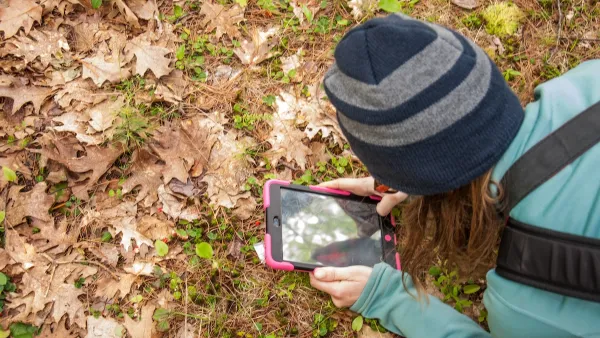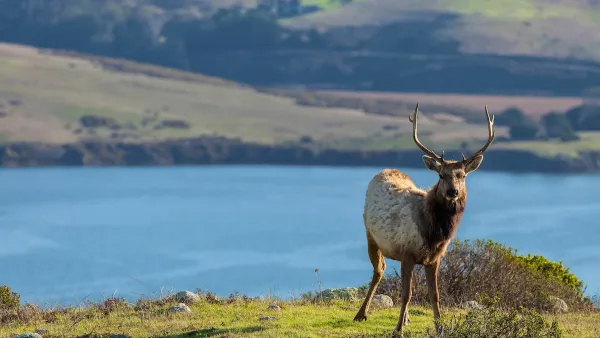This innovative approach leverages the power of sound to stimulate beneficial soil microbes, offering a novel and eco-friendly tool for ecosystem restoration and biodiversity enhancement.

As the need to restore ecosystems grows, scientists are exploring innovative methods beyond traditional approaches like tree planting and pollution reduction. A surprising new tool in this effort is sound. Ecologists have discovered that recreating natural soundscapes can help revive degraded environments, as demonstrated in marine ecosystems where playing the sounds of healthy coral reefs and oyster beds has encouraged the recovery of marine life. This concept is now being tested in plant microbiology, with promising results showing that sound can stimulate the growth of beneficial soil microbes.
Recent research conducted by ecologists at Flinders University in Australia has shown that high-frequency sound can significantly increase the growth and reproduction of fungi that promote plant health. In controlled experiments, fungi exposed to white noise grew seven times faster and produced four times more spores compared to those without sound treatment. These beneficial microbes are essential for ecosystem recovery, as they support plant nutrient uptake and disease resistance. Researchers believe that sound stimulates microbial receptors, triggering growth and other positive responses.
The success of sound-based restoration in both marine and terrestrial ecosystems opens up new possibilities for large-scale ecological recovery projects. Researchers envision creating a "biodiversity jukebox" tailored to each ecosystem, using soundscapes to enhance the health and resilience of environments from forests to wetlands. This method could also play a role in regenerative agriculture by working with natural processes to improve soil health and sustainability.
As this research advances, scientists are also exploring the impact of noise pollution on ecosystems, investigating how industrial and traffic sounds may harm wildlife and plant life. With the future of restoration potentially including both sound stimulation and noise reduction, this low-impact, cost-effective approach has great potential to aid in healing the planet's degraded landscapes.
FULL STORY: The biodiversity jukebox: how sound can boost beneficial soil microbes to heal nature

National Parks Layoffs Will Cause Communities to Lose Billions
Thousands of essential park workers were laid off this week, just before the busy spring break season.

Retro-silient?: America’s First “Eco-burb,” The Woodlands Turns 50
A master-planned community north of Houston offers lessons on green infrastructure and resilient design, but falls short of its founder’s lofty affordability and walkability goals.

Delivering for America Plan Will Downgrade Mail Service in at Least 49.5 Percent of Zip Codes
Republican and Democrat lawmakers criticize the plan for its disproportionate negative impact on rural communities.

Test News Post 1
This is a summary

Test News Headline 46
Test for the image on the front page.

Balancing Bombs and Butterflies: How the National Guard Protects a Rare Species
The National Guard at Fort Indiantown Gap uses GIS technology and land management strategies to balance military training with conservation efforts, ensuring the survival of the rare eastern regal fritillary butterfly.
Urban Design for Planners 1: Software Tools
This six-course series explores essential urban design concepts using open source software and equips planners with the tools they need to participate fully in the urban design process.
Planning for Universal Design
Learn the tools for implementing Universal Design in planning regulations.
EMC Planning Group, Inc.
Planetizen
Planetizen
Mpact (formerly Rail~Volution)
Great Falls Development Authority, Inc.
HUDs Office of Policy Development and Research
NYU Wagner Graduate School of Public Service





























